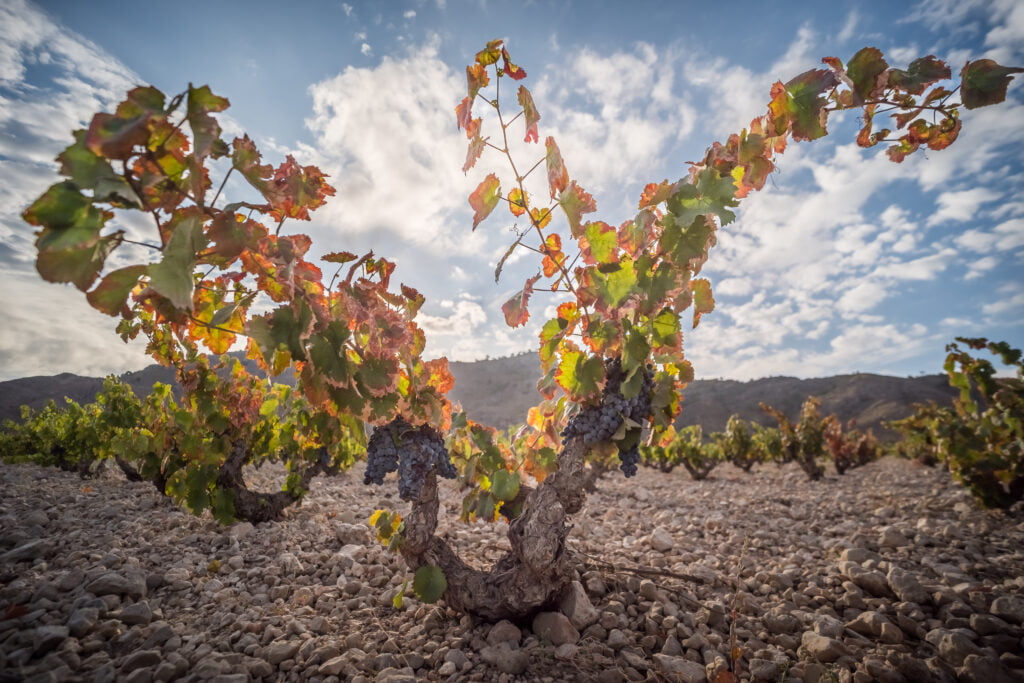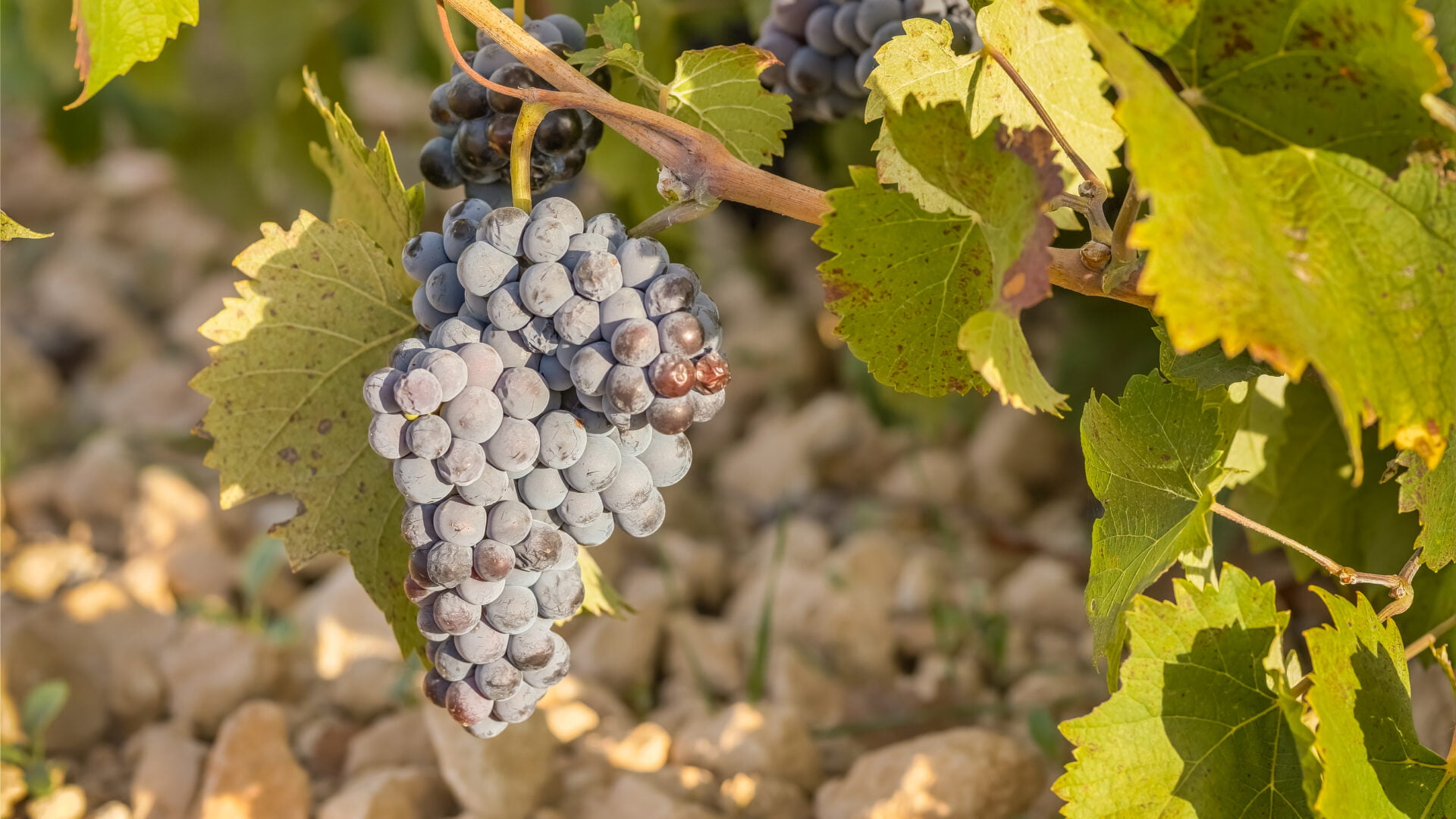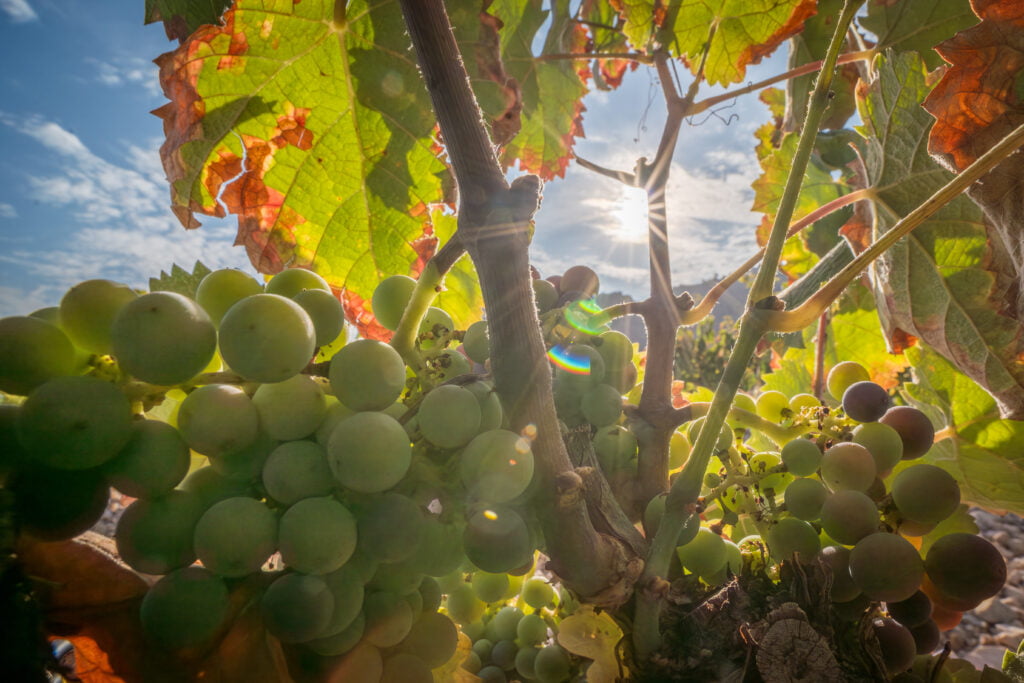Our Grape Varieties
MONASTRELL – THE PERFECT FIT FOR JUMILLA
Native to the Jumilla region, and known in other parts of the world as Mourvèdre, the Monastrell grape variety covers more surface area in Jumilla than in any other part of the world . Amazingly, Monastrell is so well adapted to the region’s warm, dry conditions that much of Jumilla’s vineyard is dry-farmed. And this in a wine region that gets less than 300mm of rainfall per year!
Making up around 70% of the surface area of the Jumilla vineyard, Monastrell not only copes well with hot, dry weather, it actually thrives in it, especially when planted in Jumilla’s cool, limestone soils. Monastrell develops long vine roots which delve down into the area’s rocky, limestone soils to extract all the moisture they need, even during Jumilla’s long, baking summers.
The Monastrell vine plant
The Monastrell vine is erect with thick, short canes, average-length internodes and few shoots. The leaves are pentagonal in shape with three distinct lobes. The grape bunches are small to medium, relatively compact, while the berries are medium-sized and spherical with a bluish-black colour.
The skins are thick and packed with aromatic components which are subsequently released into the wines. It is a very resilient variety with high resistance to drought. It needs good sunshine exposure and has medium to high sensitivity to downy and powdery mildew but is very resistant to dead arm disease, grey rot and grape moth. Above all, it has a very high resistance to phylloxera.
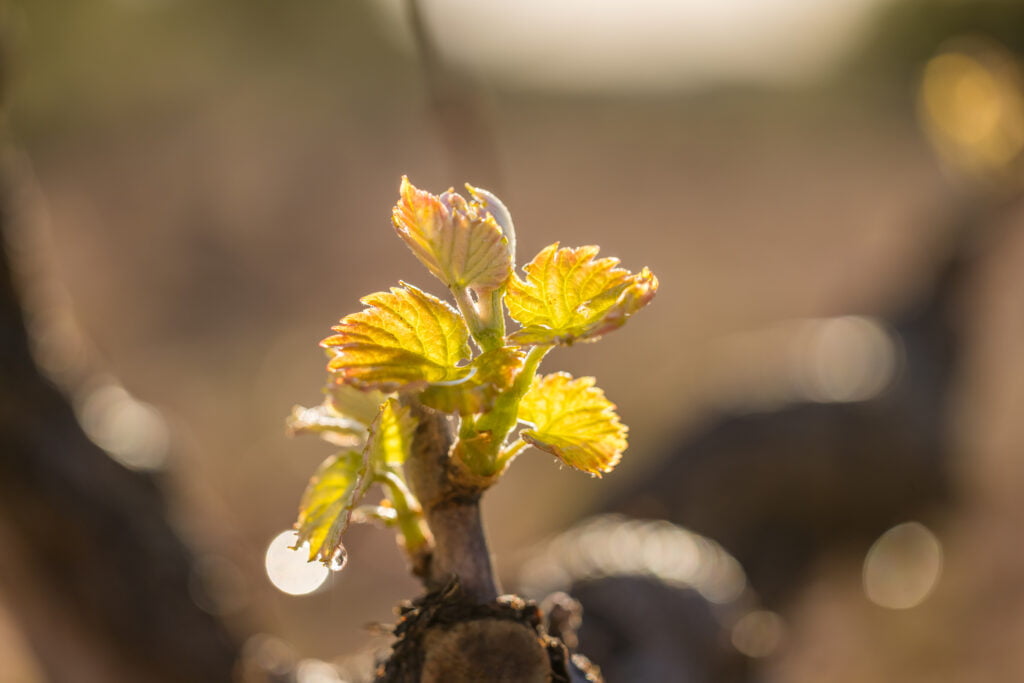
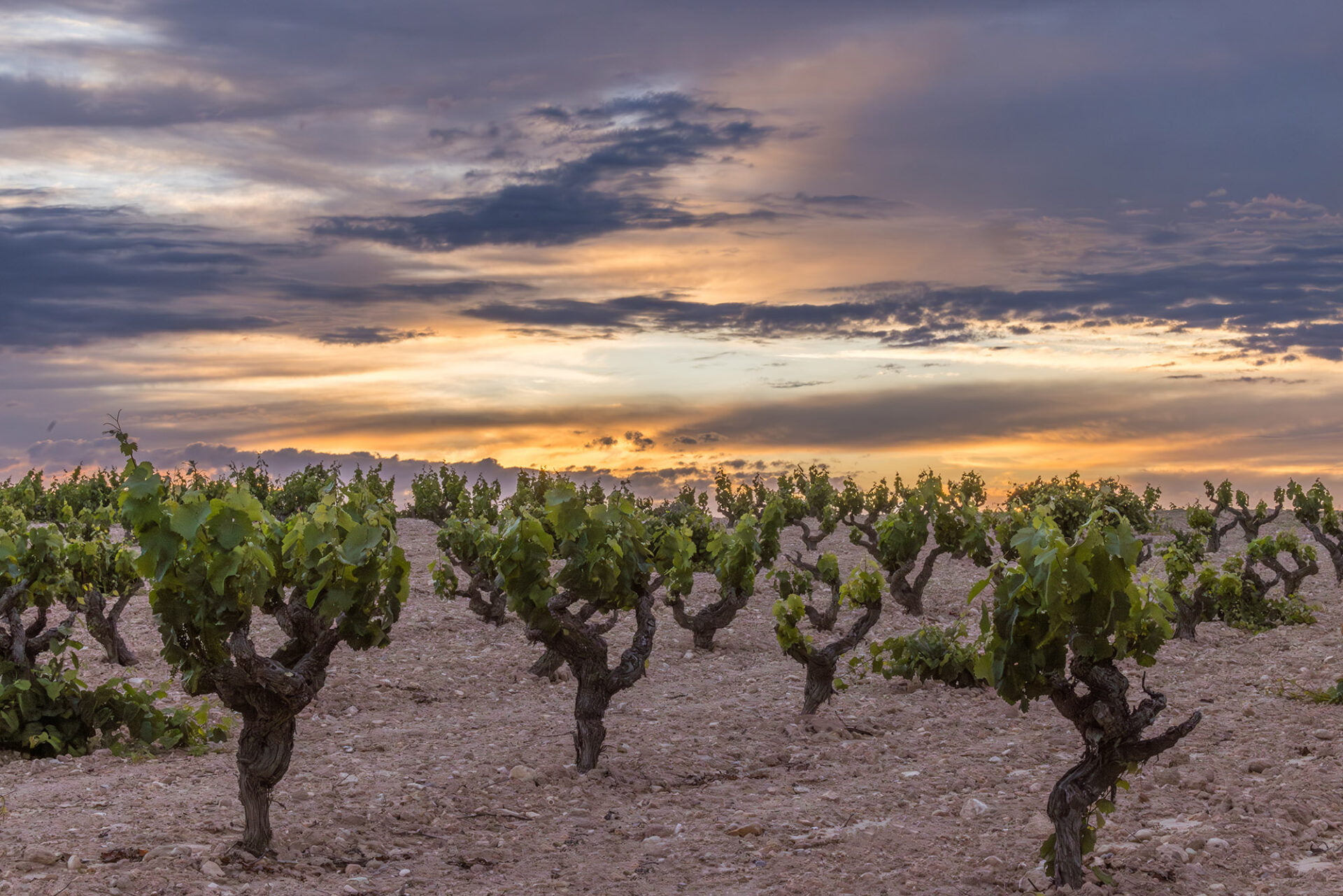
Monastrell: resilient and thriving in Jumilla's arid beauty
For generations now, farmers have been well-acquainted with Monastrell’s special ability to withstand drought conditions. In years gone by, they devoted what water they had to their olive groves and almond trees, knowing that their vines could manage without irrigation. It is perhaps due to this ancestral knowledge that the vineyards of Jumilla, one of the driest areas of Spain, are still largely dry-farmed.
Monastrell also has a particularly long vine cycle. This enables the grapes to continue ripening even when the autumn nights get cooler. In this way, they are able to complete their phenolic ripening while preserving acidity. Despite its many qualities, Monastrell can be tricky to grow. Its bunches are small and very compact, resulting sometimes in varying levels of berry ripeness on a single bunch, making careful sorting essential. The skins are thick and can remain tough well into October but have good extractability.
Jumilla red varieties and their tasting characteristics
Monastrell
Powerful tannins, aromatic intensity and medium acidity. Sensual, warm and complex with a silky mouth-feel. Enveloping and seductive.
Syrah
Style and character. Trademark purple colour. Aromas of toffee and violets, blueberries and cherries. Incomparable body and colour.
Cabernet Sauvignon
Elegant and characterful, sophisticated and powerful; striking on the palate and full- bodied. Intense with layers of cherry and blueberry flavours.
Garnacha Tintorera
Fleshy with a brilliant purple colour. Fresh and easy-drinking with fruity, floral hints. Velvety and very complex.
Garnacha (Grenache)
Great character and intensely aromatic. Sweet raspberries. Very pleasant and delicate.
Tempranillo
Finesse and power with a smooth texture. Beguiling aromas of cherries, blackberries and plums.
Merlot
Elegant and refined with delicate tannins. A silky-textured wine with a seductive finish of flowers and wild red berries.
Petit Verdot
Full-bodied and fleshy with a silky mouth-feel and hints of plums and violets coming through. Bold in character with notes of forest fruit.
Other Jumilla red grape varieties
After Monastrell, the main red varieties grown in Jumilla are Syrah, Cabernet Sauvignon and Garnacha Tintorera.
Garnacha (Grenache), Tempranillo, Merlot and Petit Verdot are also grown in smaller proportions.
Jumilla white varieties
The traditional Airén, a fairly neutral grape widely planted in south-eastern Spain, fell out of favour with some Jumilla wineries, which opted for the more aromatic Sauvignon Blanc.
However, Airén is now back in favour again, along with (to a lesser extent) Macabeo, Moscatel De Grano Menudo, Chardonnay, Pedro Ximénez, Verdejo and Malvasía.
Jumilla white varieties and their tasting characteristics
Viognier
Fragrant and tasty, it brings back memories of peach or mango, leaving a bright rose aroma in its wake.
Merseguera
Mediterranean white, clean, marine freshness and aromas of white flowers with a touch of peach and hints of citrus.
Airén
Delicate and packed with fruit flavour, including citrus. Gentle acidity and a lovely touch of sweetness on the palate. An enchanting naturalness.
Macabeo
Restrained and ethereal. Delicate and distinctive on the nose with notes of citrus and white fruit. Floral and anise coming through. Its beguiling finish is irresistible.
Sauvignon Blanc
Electric and powerful, packed with exotic tropical aromas, such as passion fruit and grapefruit. Its searing freshness never fails to impress.
Moscatel de Grano Menudo
Packed with seductive notes of flowers and honey. This is a sweet variety with balanced acidity. Elegant and tender on the palate.
Chardonnay
Hints of tropical fruit and spice. Flavoursome, smooth and honest on the palate. The mother of all white wines.
Pedro Ximénez
Easy-drinking and tender, fragrant and fruity, with an enchanting sweetness and the taste of Christmas. Floods the palate with stunning sensations.
Verdejo
A perfect, smooth texture and flavoursome. Citrus and green fruit aromas. Freshness and minerality. Pure pleasure in each sip.
Malvasía
Aromatic, fresh and light. As versatile as they come. Wines with gentle structure and an easy-drinking mouth-feel. Balanced and silky.
Discover the wine making region of Jumilla
WINE PROFILES
discover more about jumilla wines
TERROIR
DISCOVER AN EXCEPTIONAL VINE-GROWING LAND
WINEMAKING
WHERE TRADITION AND MODERNITY COME TOGETHER
WINE TOURISM
WHY PEOPLE LOVE TO COME AND VISIT JUMILLA

